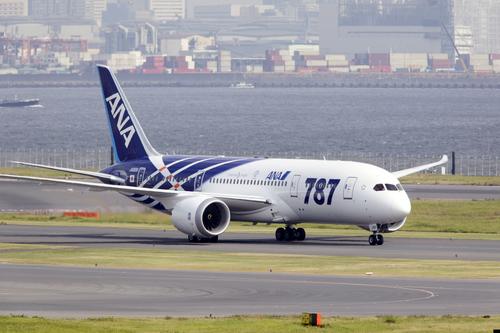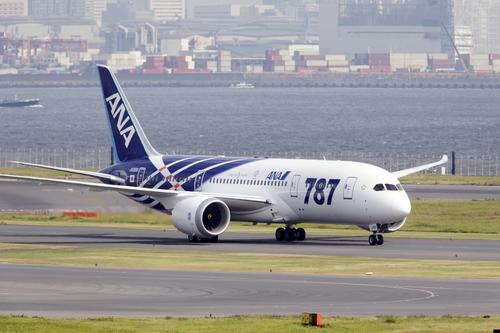Boeing to Recycle Dreamliner Composites
November 9, 2011

Boeing has begun working with the University of Nottingham in the UK to develop recycling methods for the carbon fiber composites used on its 787 Dreamliner and other aircraft. Sir Roger Bone, president of Boeing UK, formally launched the research program the company is conducting in collaboration with the university's Faculty of Engineering during a visit to Nottingham on October 24.
"Boeing wants to be able to recycle composite materials from manufacturing operations to improve product sustainability and to develop more efficient ways of recycling aircraft," Bone said in a press release. "The ultimate aim is to insert recycled materials back into the manufacturing process, for instance on the plane in non-structural sustainable interiors applications, or in the tooling we use for manufacture. This work helps us create environmental solutions throughout the lifecycle of Boeing products." Boeing does not currently use recycled carbon fiber materials in its manufacturing.

Recycling carbon fiber-based composites is not an easy job. The matrix of carbon fiber and resin that constitutes a composite fuselage or wing structure must be untangled and disassembled, and the fibers themselves must be recovered in good enough condition that they can be used again. Recycled fibers generally aren't as strong as virgin fibers and are no longer in sheet form. Pyrolysis, a form of thermochemical, high-pressure decomposition, is the usual method for extracting fibers from matrices made of epoxies. The problem of reusing fiber scrap created during production is an even more pressing issue, since carbon fiber is expensive, and at least two thirds of the material ends up as waste.
Boeing has collaborated with the University of Nottingham since 2006. The university's researchers have developed a number of ways to recycle carbon fiber composite materials. Boeing is investing $1 million each year for three years to begin with. The research is expected to result in the development of new recycling processes, technology to process recycled fibers into new applications, and new products that use recycled materials in collaboration with other suppliers. In 2006, Boeing became a founding member of the Aircraft Fleet Recycling Association (AFRA), which the university joined in 2008.
In a presentation at the Go Carbon Fiber 2011 conference in Seattle, William Carberry, Boeing's aircraft recycling project manager, said that by the time the airplanes shipped to Japan's All Nippon Airways (ANA) in September are at the end of their service life, the recycling technology will be ready. "By the time the first 787s are being retired, that plane will be more recycled than aluminum aircraft."
Another potential application area for recycled carbon fiber composites is the automotive industry. Automotive suppliers have avoided purchasing these materials new, because of their high cost, but recycled materials would likely be less expensive.
For further reading:
About the Author(s)
You May Also Like



